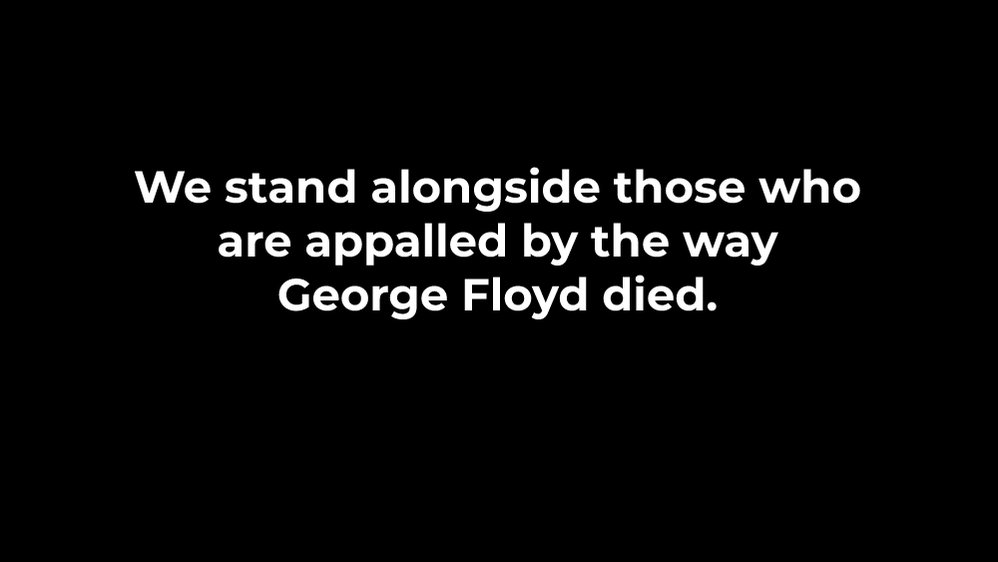

Floyds ez way driver#
If your cart is not out at the set out location when the collection vehicle arrives to collect your trash the driver notifies the office.
Floyds ez way drivers#
Weeks in which holidays fall, a specialty program is being carried out, a change in drivers due to vacation or illness and weather conditions all can be cause for the collection truck to come earlier than usual. Please remember that your trash must always be set out before 7 am of your collection day. How do I report that my trash was missed? and do not start route in the same place each week. of your collection day to ensure collection. Please refer to the Trash Route Map to determine your collection day, If you are unsure, please call the Solid Waste Information Line at (319) 753-8114. When you open a water account at the office of Burlington Municipal Waterworks, 500 North 3rd Street, you are automatically signed up for trash collection. #Optimization: if no path from i to k, no need to test k to jĭistance = distanceMatrix + distanceMatrix (Oh, I included a randomized again, so its easy to generate lots of examples.)Ĭlass Floyd #aka all-pairs shortest paths algorithmĭef initialize(weightMatrix=nil,oo=256) #needed to set a weight considered "infinite" Since we iterate through each k we build up successively all possible paths from all nodes using all possible intermediate nodes thus comparing all paths between all nodes to find the smallest. I this case each intermediate result is the intermediate node, k. In dynamic programming one builds a final result from intermediate results. One thing I didn't note in my discussion of Warshall's algorithm is that both these algorithms are examples of dynamic programming. We might call this k=0 (or maybe k=-1 would be better given my 0 indexed arrays). Note that in my version I initialize the distance matrix with the weight matrix so we always compare the distance paths with, at least, the direct distance between the nodes. If it is smaller than the distance already calculated through a previous k, and smaller than the weight (distance) of any edge connected i to j, then the current distance in the distance matrix is replaced with the new, shorter, distance. As with Warshall's algorithm one then iterates through intermediate nodes, call them k, to find the distance of the path between each node i,j through k. We start with a weight matrix of a directed graph, which is like the adjacency matrix except that it contains "weights" of edges representing distances between nodes. One often wants to know how far it is to something, say a network resource, rather than just whether or not one can get there. The reason for this is that it's useful in more applications. It's also often called the all-pairs shortest-paths problem which is the descriptive version.įloyd's algorithm is more commonly seen in the literature (a Google on Warshall is in fact brings this algorithm higher that Warshall's own). Indeed it's sometimes called the Floyd-Warshall algorithm since Floyd apparently got the idea for it from Warshall's algorithm. I'll have the Java version of this guy shortly.įloyd's algorithm is very closely related to Warshall's (as I previously presented here and here). Gonna have to really get moving on that project. My ultimate goal is to publish a large library of algorithms in Java, Ruby and C. My latest is Floyd's algorithm, again in Ruby.


 0 kommentar(er)
0 kommentar(er)
